Full of anomalies in more ways than one, Stalker 2 is a mess of bugs and jank that nonetheless stays faithful to the open world survival shooter of yesteryear.
Stalker 2 was made in the midst of war. You’ve probably heard how Ukranian studio GSC Game World bussed workers out of the country shortly before the Russian invasion. Or how some developers have died in the war. While the first-person shooter released this week doesn’t assault the player with overt references to that ongoing conflict, small glimpses of Ukrainian nationalism do peek through – the flag’s colours on a box of matches, a field of poppies marking the eerie resting spot of fallen soldiers.
Stalker 2: Heart of Chornobyl review
- Developer: GSC Game World
- Publisher: GSC Game World
- Platform: Played on PC
- Availability: Out now on PC (Steam) and Xbox Series X/S
In the end, there are far fewer references to Europe’s geopolitical nightmare than there are glitches and bugs. You’re not getting an ambitious but broken shooter with Stalker 2, you’re getting an ambitious but broken shooter that has more reason to be glitchy than any game in recent history. It can feel petty, in such circumstances, to mention the twitching leg of a random NPC. And yet, to ignore those bugs would be an equal disservice, especially when they almost feel like an essential part of Stalker as a series. After 30 hours of traipsing the wasteland, there is a weird sense that Stalker 2 is more of a Bethesda game than even Todd Howard can ship.
To see this content please enable targeting cookies. Manage cookie settings
Watch on YouTube
For those unfamiliar with the previous games, you’ll be thrown into its world as forgivably as can be expected. Your character, Skif, has his home destroyed by a meteor-like macguffin, and comes to “the Zone” to find out what said macguffin is. The Zone is a huge tract of land around Chornobyl, cordoned off by a massive perimeter wall, behind which lies all sorts of mutants, anomalies, radiation, and paramilitaries. And when I say huge, I mean that. It’s 64km squared, meaning you can squeeze Fallout 4 into it six times – or three Death Strandings, which is maybe a better comparison, considering the amount of quiet walking through deserted space you’ll be doing.
Within your first hours you’ll discover a different, older philosophy to the open world shooter. You still ramble about, doing quests and collecting loot. But there are no modern amenities like Far Cry’s enemy tagging or the ever-popular X-ray vision to keep you in a comfortable blanket of combat awareness. Fast travel is not some instantly available service, but relies on you finding a guide in one of the major settlements (and even then they’ll only take you to other big hubs – for a price). Clothes and gas masks have a durability meter and you must keep your AK-47 in good nick, or it will jam, a disempowering trick from Far Cry 2 not often spotted in recent years.
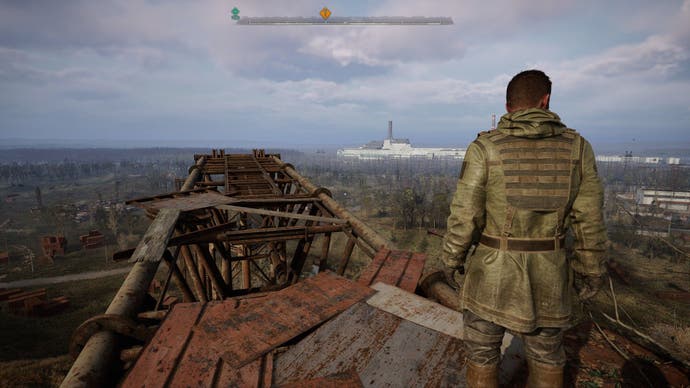
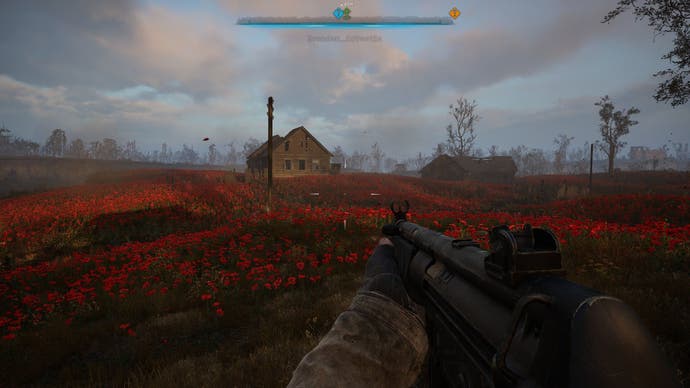
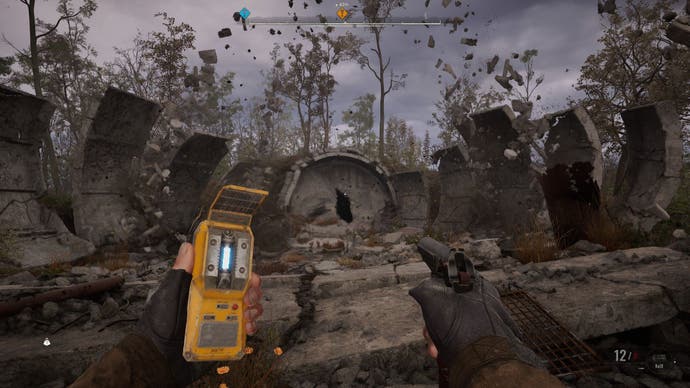
There are some gestures to modern sensibilities, such as the white markers that appear to show you’re being spotted. But largely there’s a feeling of playing something outside the realms of today’s blockbuster conventions. In its finest moments, gunfights are scrappy, brief, and full of swear words. You get two blasts off with a shotgun but the jerk still stands. You swap to a submachine gun that jams after a single round, and while you’re dealing with that, a grenade lands at your feet. Shit.
It’s all recognisable to any shooter aficionado, but is made tense and gritty by the atmosphere of scarcity, not to mention the lack of features many shooters have come to rely on for clean and flowing fights.
But that’s the combat at its best. At its worst, encounters can be comic death slaps, with enemy AI behaving in wacky, unpredictable ways, or soldiers spawning right next to you. Mutant enemies are especially jerky in their movement. Any time rats or dogs or wild boars appeared, I knew I was in for an annoying fight. Once, a herd of piggy mutants would not stop reappearing behind a farmhouse, no matter how many I seemed to kill, my ammo dwindling to nothing as I became a frustrated one-man slaughterhouse.
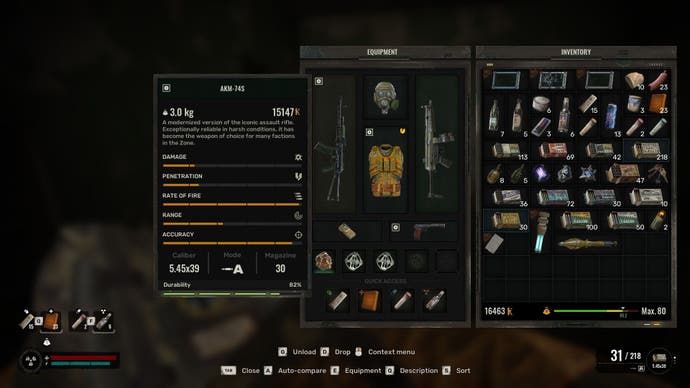
Combine this with the noisy vegetation and drab green-brown colour of everything on screen, and you have a world that is hostile, both intentionally and unintentionally. You will sometimes be shot in the dark without understanding who got you. Or knocked down and savaged by a swamp mutant without being able to get up and heal before the next hit lands. Fights are especially challenging in natural spaces, where the bonkers visual fidelity also means a lot of bushy interference, the trees and grass matching exactly the desaturated uniforms of every enemy soldier. Some shootouts can occur without much usable cover, and when bullets are this painful (I’m playing on normal mode) it can feel a bit like your fate is sometimes in the hands of a random, unlucky spawn.
Much of this challenge is a smirking invitation to the sink-or-swim hardcore, an appeal to those who yearn for combat awareness and the grimacing survival of previous Stalker games. Camouflage is a part of war and so is unpredictable enemy movement. Also, you will simply quicksave a whole bunch, greatly lessening the pain of death. In other moments, as when enemies pop into existence before your very eyes, it just feels like an old-fashioned case of jank. Stealth camo bloodsuckers are a true nuisance, coming so close during an attack that you have to spin at massive angles to catch them in the act of appearing. They almost seem to attack through you.
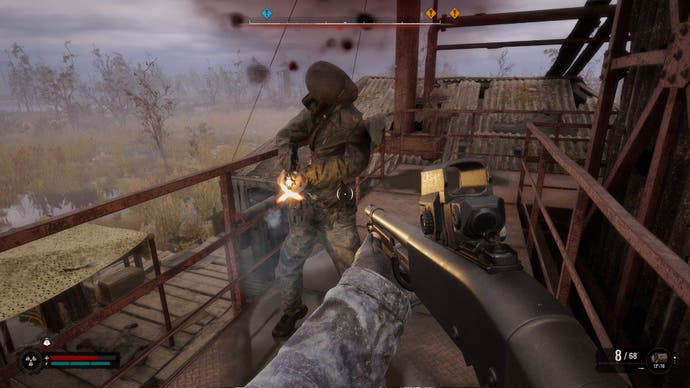
They aren’t alone in being hard to spot. Heart Of Chornobyl’s environments channel the radiation of its namesake, in that many threats are invisible, or close to invisible. You have to become aware of wobbling air or swirling leaves at a moment’s notice, alert to the crackling static snow at the edge of your screen. Compared with the threats of other video game wastelands, Stalker sometimes feels like its anomalies are the result of a low budget creative solution (you don’t have to animate radiation – it’s just a field of air that hurts). But they also feel appropriate to the setting in a way that is faithful to the series. This is not the rainbow oily dangerzone of Jeff VanderMeer’s Annihilation. This is the mundane concrete world of Andrei Tarkovsky’s Stalker, where the most brightly coloured threat is a whirling wisp of red petals that will put you to sleep forever.
Still, some anomalies are underwhelming. Basically “what if fire?” or “what if electricity?” When ball lightning patrols a corridor in a set pattern, and I must dash past with a timed sprint, I feel like I’m playing Mario, as opposed to navigating a deadly natural phenomenon. Others induce a grander wonder – such as one throbbing orb of warped air that expands and contracts, crushing and uncrushing vehicles with each push and pull of its heartbeat pulse.
Better yet is the anomalous weather. Storms are common, with debris whipping about in the wind as lightning lands mere feet from you. More threatening is an Emission, which is basically an ultra fiery aurora that paints the sky the hot orange of a raging furnace. Get caught outside while one of these is happening and you are toast. It’s an atmospheric delight to sprint into a nearby hovel and wait out the falling sky with a total stranger, a fellow Stalker who just happened to be nearby when the warning sirens blared.
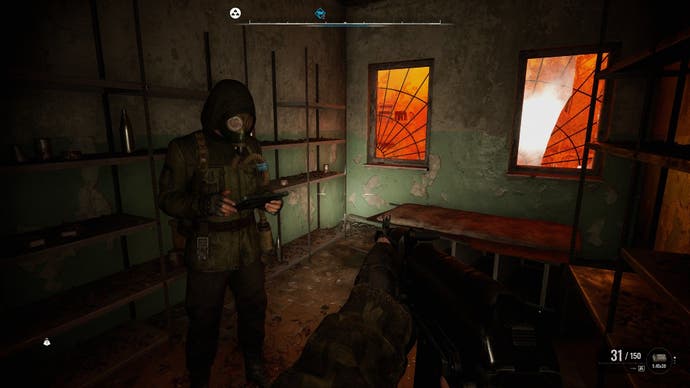
These incidental moments are more effective at communicating the Zone’s terror and wonder than anything another character will say to you. In terms of storytelling, it takes its cues from the cinematic shooters that have filled the gap between this and the last Stalker game in 2009. People talk at you about factional squabbles, or have disputes in front of you, or brawl with you in dizzying, slappy fights. You are given choices – help one crowd or another, kill a guy or spare him – but very little of it lands in a consequential way, simply because so many of the characters are as drab as their uniforms. I mentioned Bethesda games as a counterpart, because it often feels like what Stalker 2 is aiming for. But Stalker 2 doesn’t have anything close to the same hooky quality in its main quest. Your guy is in the Zone because he has “nowhere else to go”, a real shrug of a motivation.
The supporting characters don’t offer many threads of storytelling that are any more interesting. The main quests are full of moments when people you barely know eject information at you, a parade of proper nouns and acronyms. Nevertheless, off you trot to find a guy called Richter, who’ll tell you to look for a guy called Diode, who’ll tell you to look for a guy called Nestor, who’s being held by a guy called Varan. Basically all quests in the first 20 hours form a chain of man names. Almost every quest giver can be asked some version of: “Why don’t you do this yourself?”, when a more pertinent question would be: “Why should I care?”
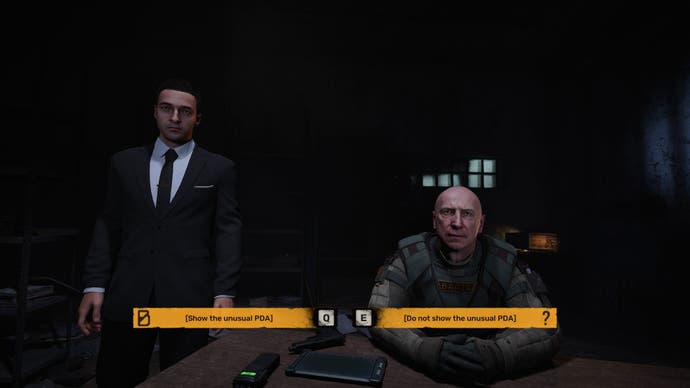
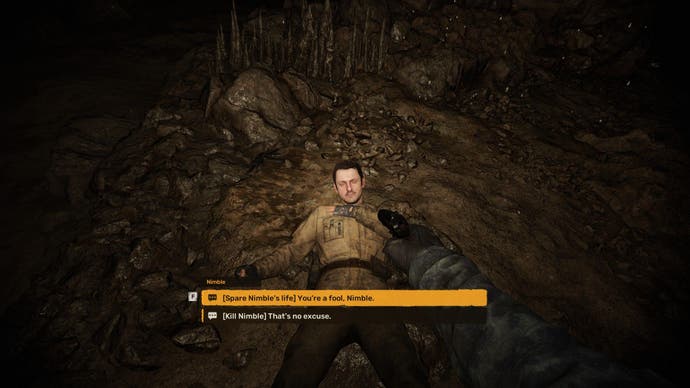
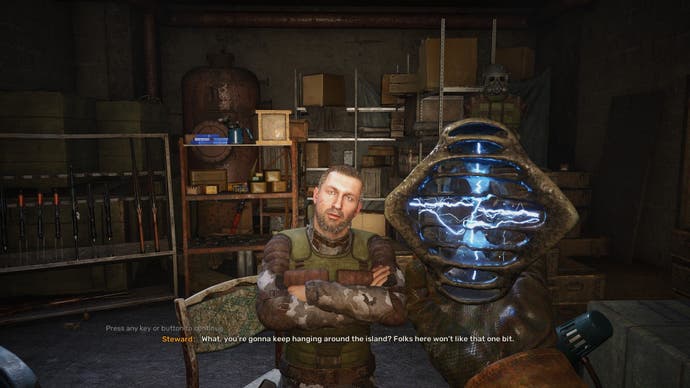
There’s also a homogeneity to the soldiers of the Zone that feels distracting at times – an endless truckload of men with the same haircut, the same gruff pessimism, the same iffy voice acting. If Stalker has taken much of its mechanical inspiration from 2007, it has also taken its approach to casting from the same era. I met a woman once, after 26 hours of playing. She acted like all the other men. It’s possible there’s some thoughtful lore to explain the Zone’s lack of diversity, and I simply didn’t clock it. But regardless of intent the story remains a homogenous parade of lads being lads, where one man bleeds into another, literally and figuratively.
This dull questing means you have to become motivated more by the collecting of loot, the examining of new environmental phenomena, or simply the unlocking of new areas of the map – a huge draw for the explorers among us. If you’re not a firearm fetishist when you begin Stalker 2, you might be by the end of it. Finding a 12-gauge shotgun in perfect condition is cause for celebration, doubly so if the previous owner gave it an intimidating name like “Predator”.
Each settlement will have a tech fella who can repair weathered weapons or increase their range, spread or accuracy. But if you’re anything like me, you may forgo a greater magazine size just to install a stock that’ll take a kilogram off the gun’s weight. Since finding truly great guns is infrequent (and since you may pump a lot of “koupons” into a single AK-47) you do start to get attached to particular weapons. By encouraging you to invest in the best gun you have, it makes weaponry meaningful and significant in a way that other big shooters entirely ignore. Simply liking guns will carry you most of the way through the game.
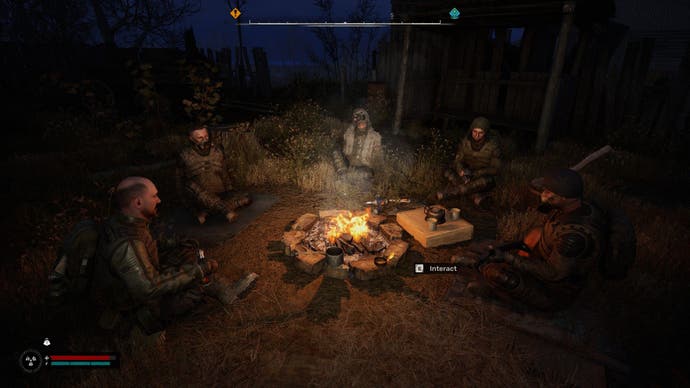
Stalker 2: Heart of Chornobyl accessibility options
Keyboard controls widely customisable. Includes colourblind modes. Motion blur can be decreased or disabled. Depth of field effects can be decreased. Contrast, brightness, gamma, and HDR settings can all be altered. Dedicated sliders for music, SFX, and dialogue volume.
That is, if you aren’t waylaid by the other inclement weather: the bugs. We’ve already listed quite a lot of these in a post earlier this week. Some have been fixed in a pre-launch patch, including many of the sound issues mentioned, but many haven’t. And judging by the past games, I wouldn’t bet my koupons on everything being tidied away even months from now. There are many instances where that bugginess still affects quests, gets you killed, or leaves you befuddled, and it all hurts the game’s natural playability quite badly, even if it is often funny.
The thing is, Stalker games have always been glitchy. But they made up for it with a grim-faced, survivalist philosophy of play. GSC have simply done the same thing again, this time on a grander scale and against the extraordinary backdrop of a real war. The average player, of course, won’t be thinking about the game as a source of Ukrainian pride, but as a compelling and often busted survival shooter that frustrates and satisfies at alternating pitch, like the staccato racket of a rifle that intermittently jams in the middle of an exciting fight. Divorced from its context, Stalker 2 is as Stalker as Stalker games stalk. Fully married to its context, the game is proof that art and the creation of art deserves its place even in times of great strife. In a realm of radioactive jank, the stalkers of the Zone play guitar, they listen to the radio, and they tell jokes to one another, all while sheltering from a glowing sky.
A copy of Stalker 2: Heart of Chornobyl was provided for review by developer GSC Game World.
function appendFacebookPixels() { if (window.facebookPixelsDone) return; !function(f,b,e,v,n,t,s) {if(f.fbq)return;n=f.fbq=function(){n.callMethod? n.callMethod.apply(n,arguments):n.queue.push(arguments)}; if(!f._fbq)f._fbq=n;n.push=n;n.loaded=!0;n.version='2.0'; n.queue=[];t=b.createElement(e);t.async=!0; t.src=v;s=b.getElementsByTagName(e)[0]; s.parentNode.insertBefore(t,s)}(window, document,'script', 'https://connect.facebook.net/en_US/fbevents.js');
fbq('init', '560747571485047');
fbq('track', 'PageView'); window.facebookPixelsDone = true;
window.dispatchEvent(new Event('BrockmanFacebookPixelsEnabled')); }
window.addEventListener('BrockmanTargetingCookiesAllowed', appendFacebookPixels);
Source link
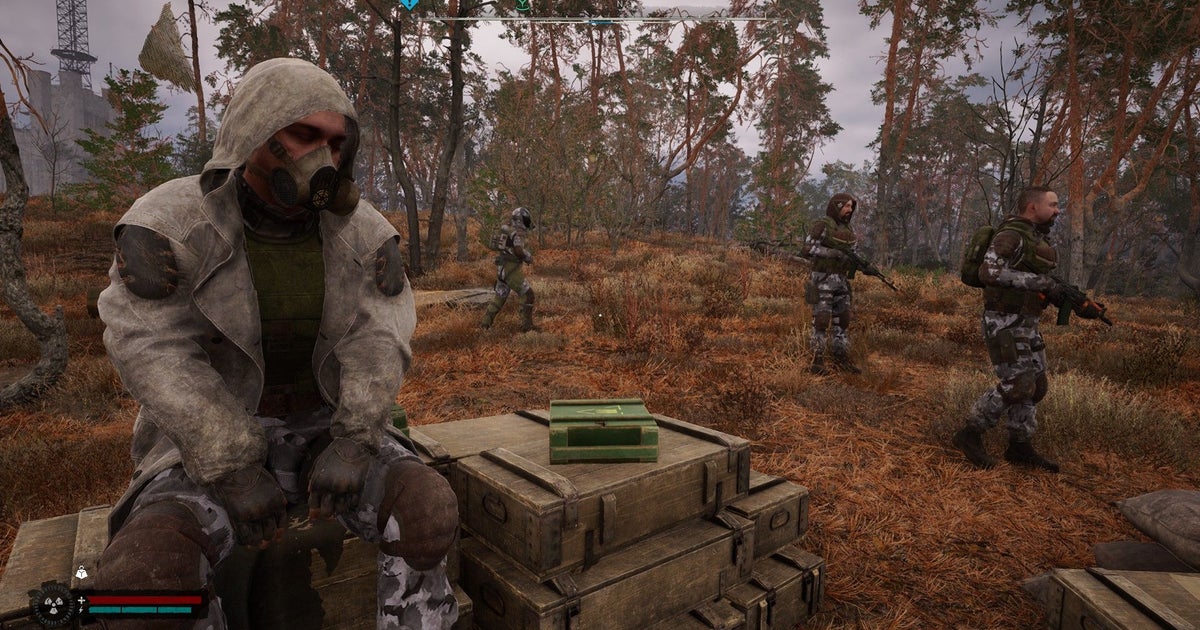

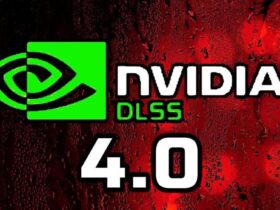



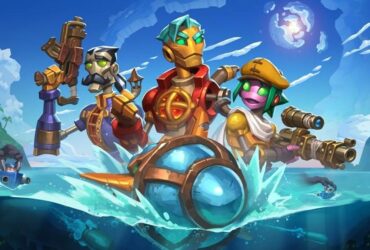
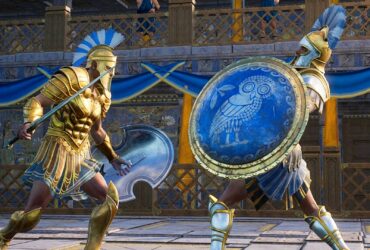
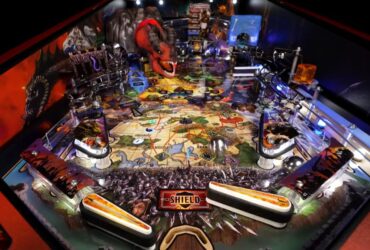
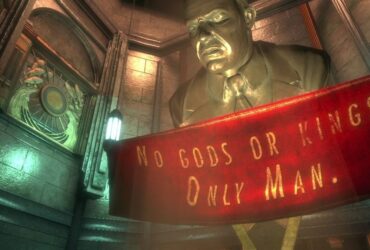


Leave a Reply